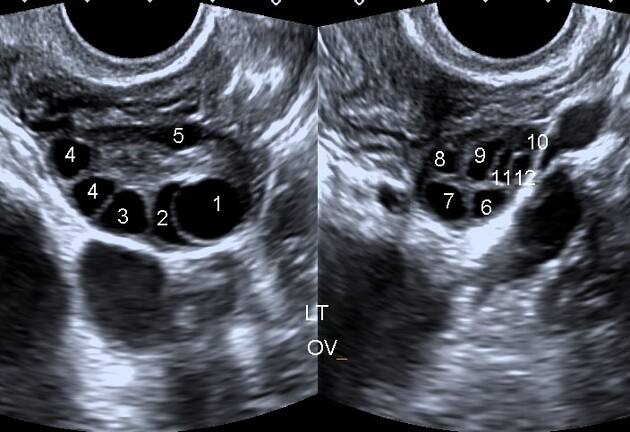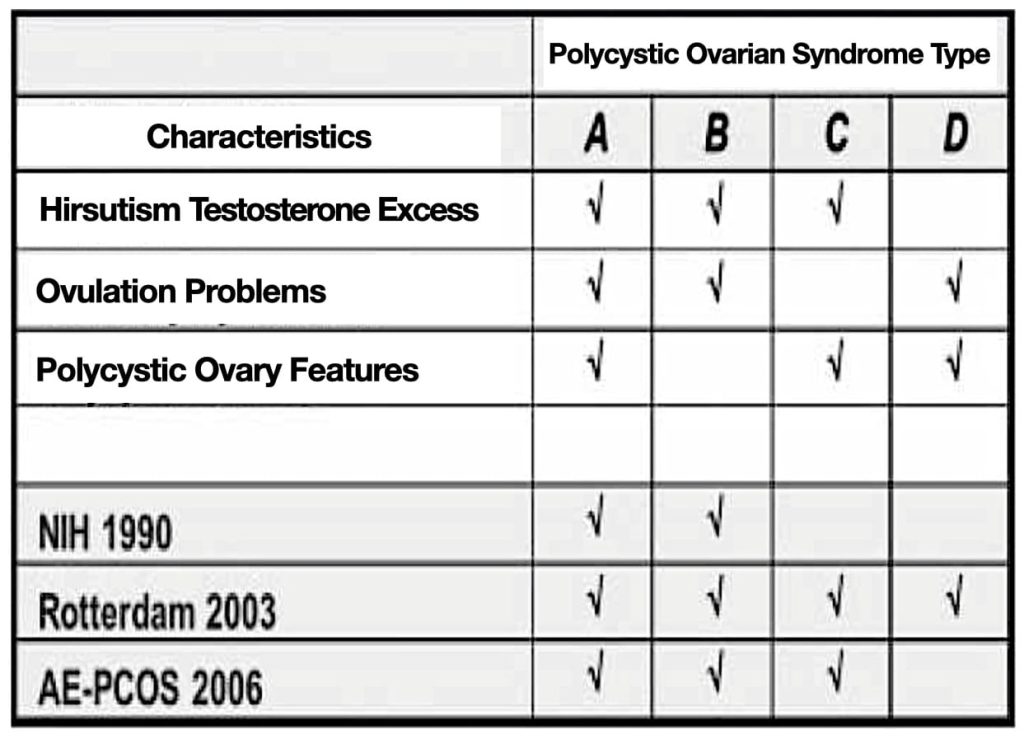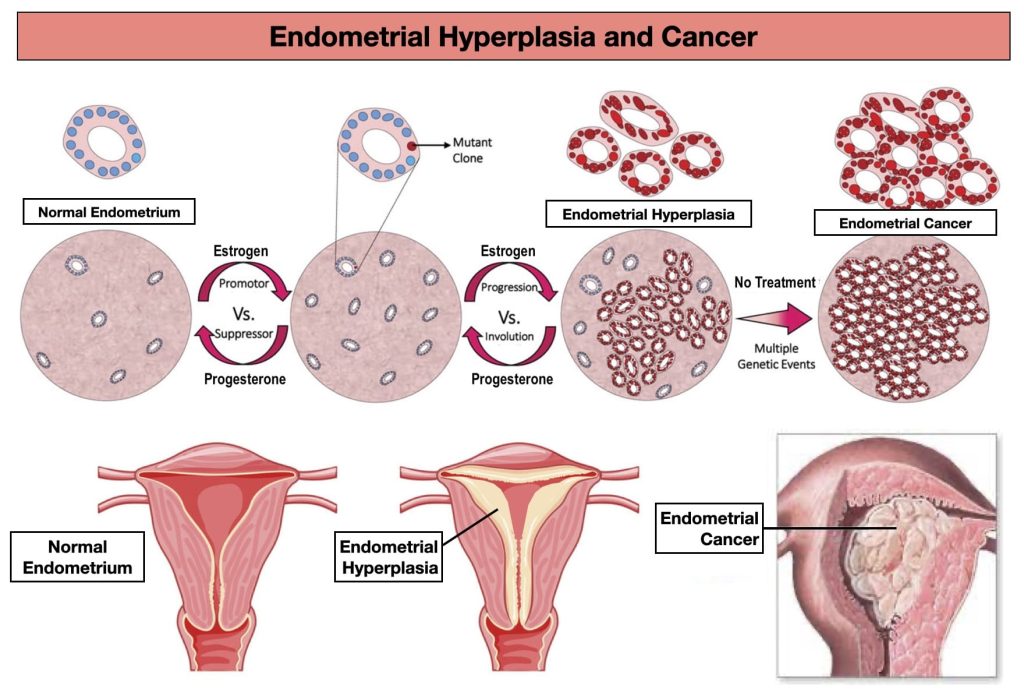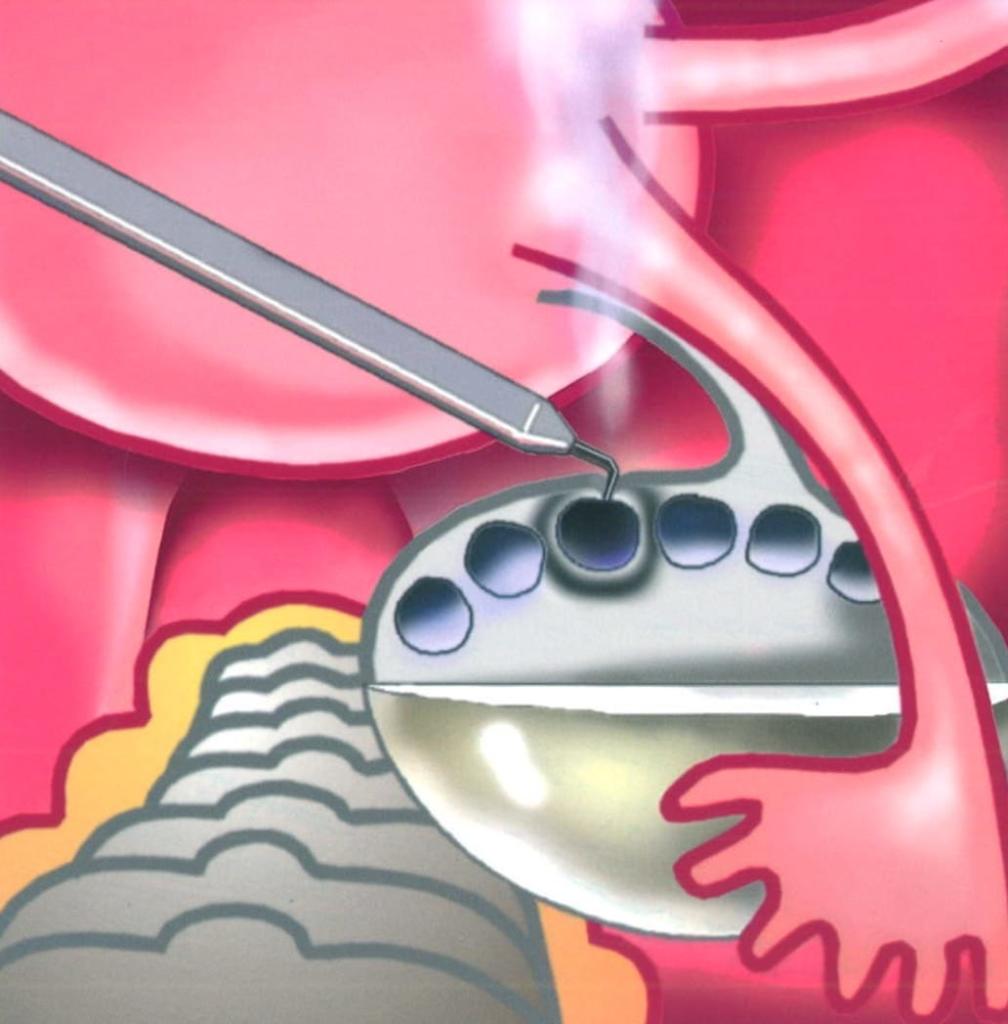Polycystic Ovarian Syndrome


Polycystic Ovarian Syndrome (PCOS) is the most common cause of irregular menstrual cycle.
It affects 4-20% of women in the reproductive age group.
The exact cause of Polycystic Ovarian Syndrome is unknown but there appears to be a family link.
How is Polycystic Ovarian Syndrome Diagnosed?

Women who have at least 2 of the 3 criteria are said to have Polycystic Ovarian Syndrome.
❖ Evidence of elevated male hormone levels like increased facial hair, pimples, and male pattern baldness
❖ Reduced menstrual frequency (<8 cycles a year) and flow as well as anovulation
❖ Ovaries that are enlarged with multiple small cysts (< 10mm)
What are the Symptoms of Polycystic Ovarian Syndrome?

What are the Issues of Polycystic Ovarian Syndrome?

❖ Women with metabolic issues of PCOS tend to have a higher BMI.
❖ Women with reproductive issues of PCOS can be of normal weight with more hair growth. It is thought that high Luteinizing Hormone (LH) levels contribute to pregnancy difficulty and miscarriage.

❖ When a woman with PCOS has only a few menstrual cycles a year (<3 cycles a year), there is a risk of developing Endometrial Hyperplasia. Over years, untreated Endometrial Hyperplasia can develop into Endometrial Cancer.


How is Polycystic Ovarian Syndrome Managed?


❖ Healthy diet and exercise aiming for a 10% reduction of body weight.
❖ Hormonal medication to regulate menstruation.
❖ Clomiphene or Letrozole to help fertility, with some women requiring IVF.
❖ Laparoscopic Surgery on the polycystic ovaries (Ovarian Drilling)